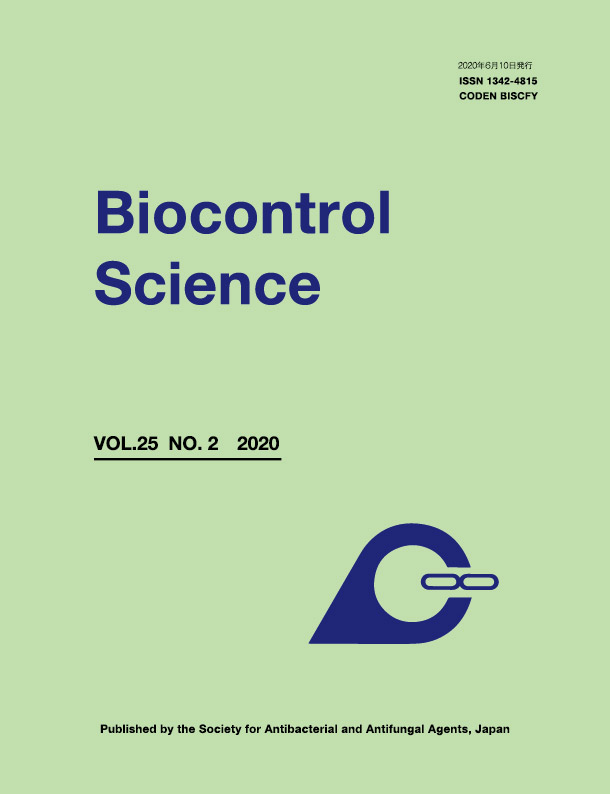25 巻, 2 号
選択された号の論文の8件中1~8を表示しています
- |<
- <
- 1
- >
- >|
Original
-
原稿種別: Original
2020 年 25 巻 2 号 p. 45-53
発行日: 2020年
公開日: 2020/06/08
PDF形式でダウンロード (648K) -
原稿種別: Original
2020 年 25 巻 2 号 p. 55-62
発行日: 2020年
公開日: 2020/06/08
PDF形式でダウンロード (772K) -
2020 年 25 巻 2 号 p. 63-71
発行日: 2020年
公開日: 2020/06/08
PDF形式でダウンロード (816K) -
2020 年 25 巻 2 号 p. 81-89
発行日: 2020年
公開日: 2020/06/08
PDF形式でダウンロード (1060K) -
2020 年 25 巻 2 号 p. 91-105
発行日: 2020年
公開日: 2020/06/08
PDF形式でダウンロード (1897K)
Note
-
原稿種別: Note
2020 年 25 巻 2 号 p. 73-80
発行日: 2020年
公開日: 2020/06/08
PDF形式でダウンロード (798K) -
2020 年 25 巻 2 号 p. 107-112
発行日: 2020年
公開日: 2020/06/08
PDF形式でダウンロード (407K) -
2020 年 25 巻 2 号 p. 113-118
発行日: 2020年
公開日: 2020/06/08
PDF形式でダウンロード (464K)
- |<
- <
- 1
- >
- >|
